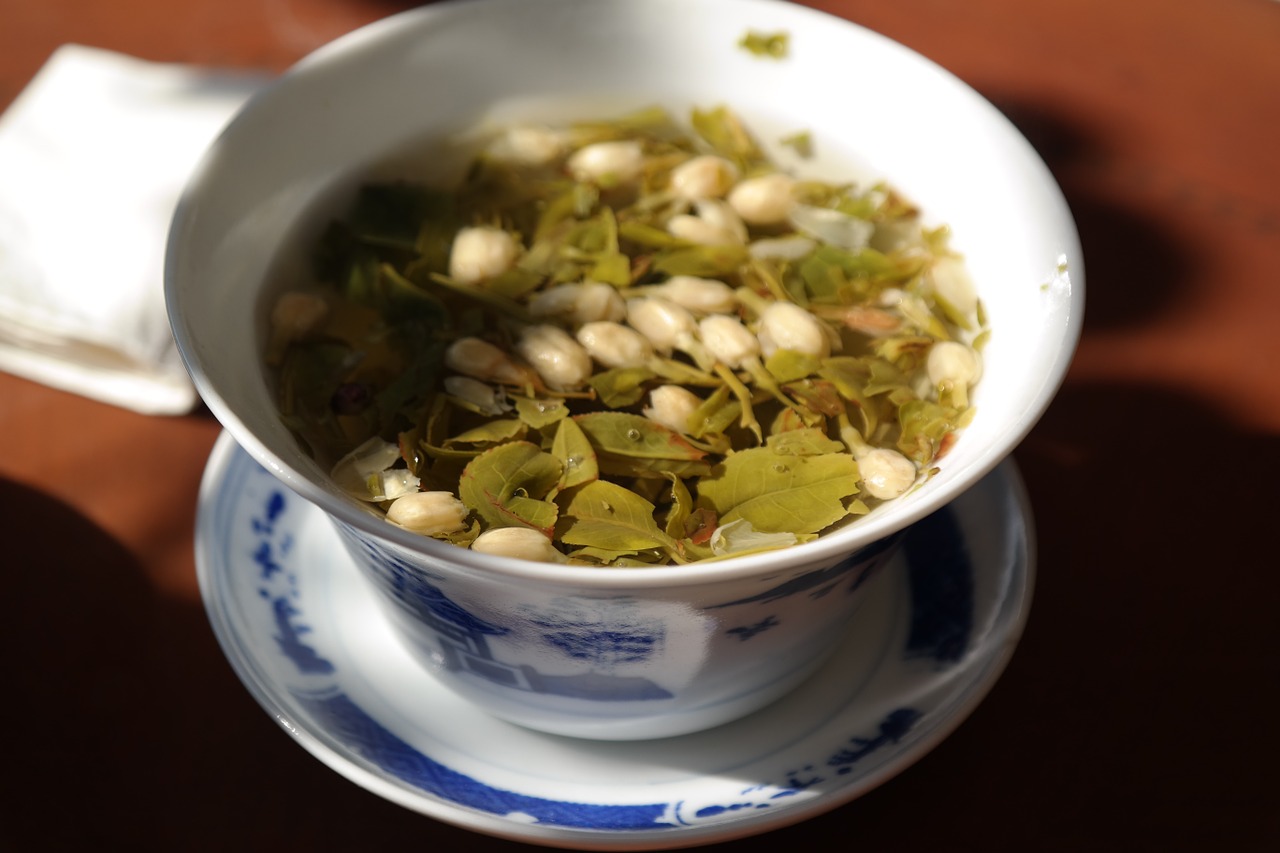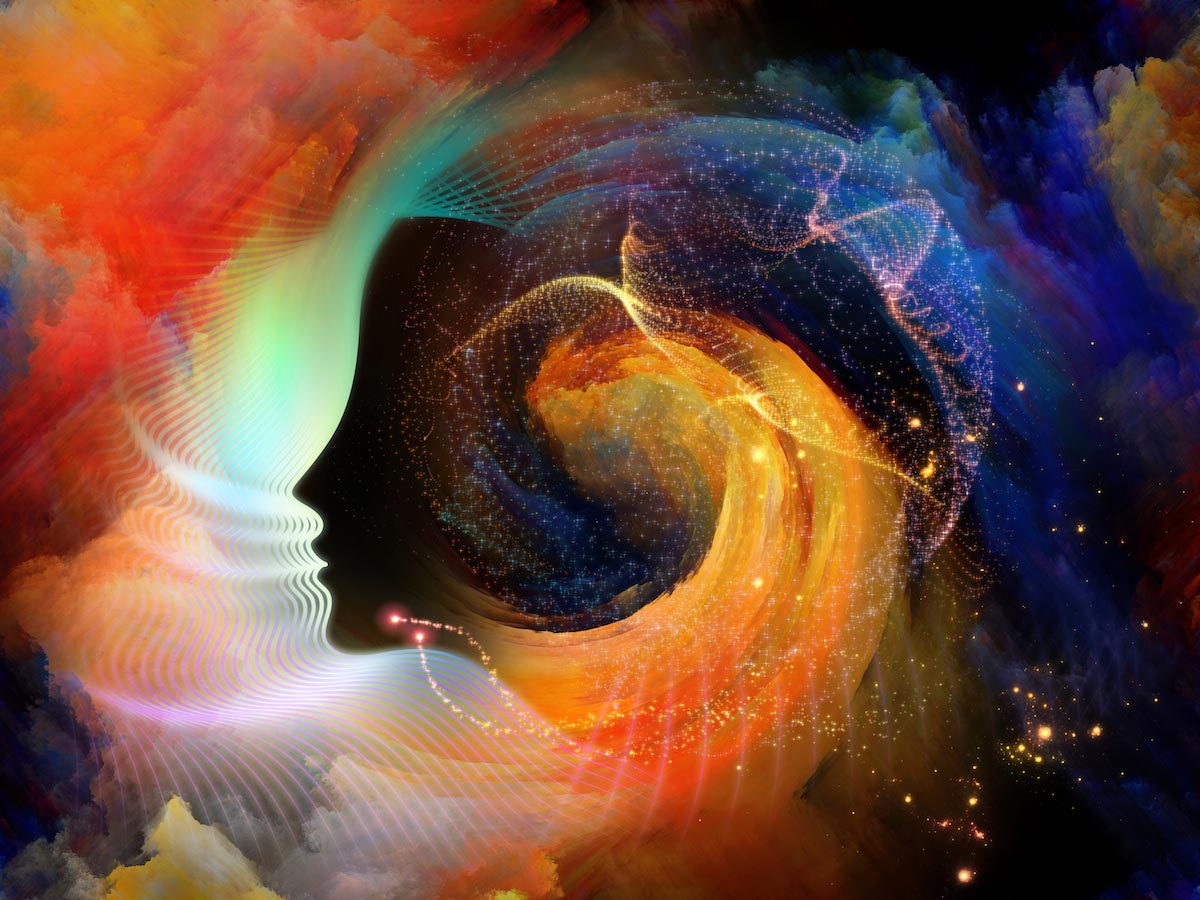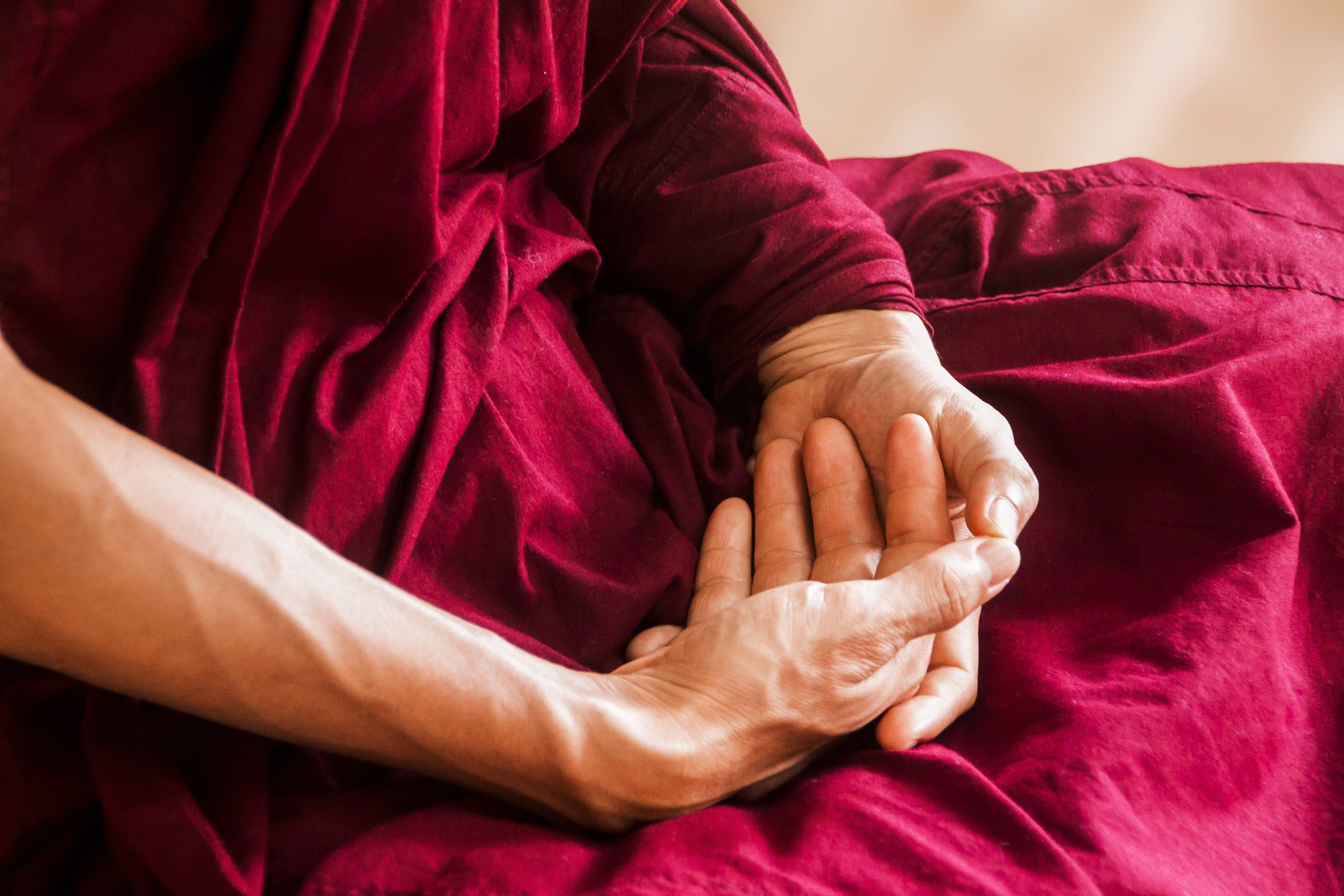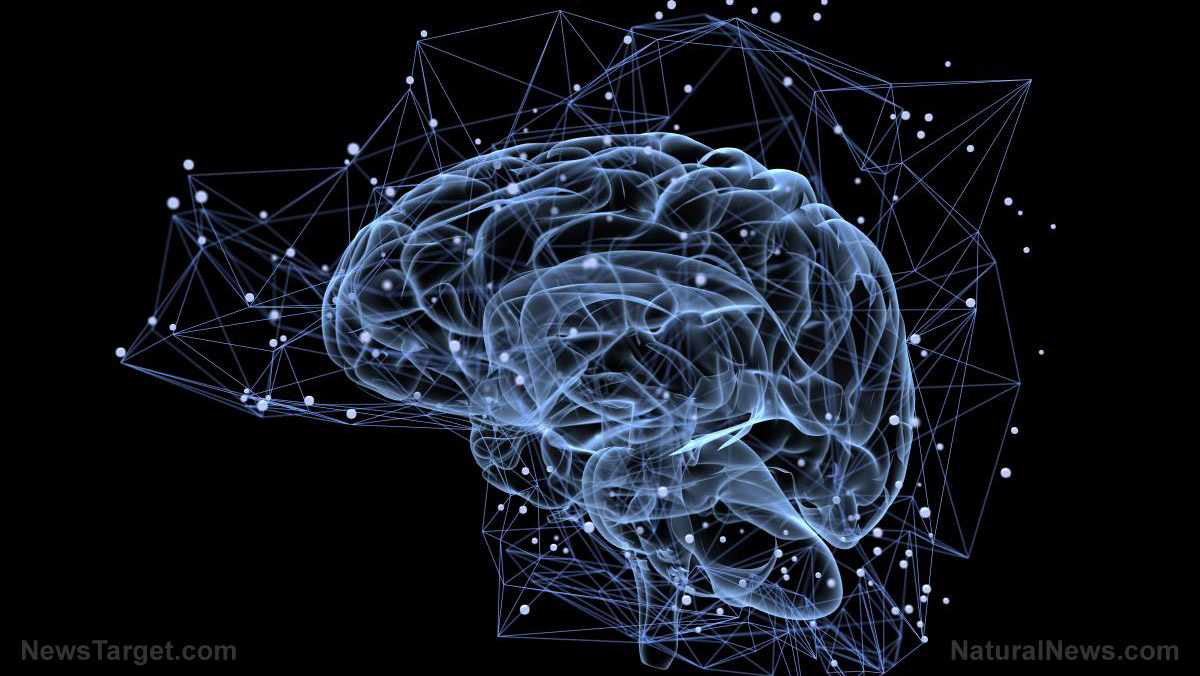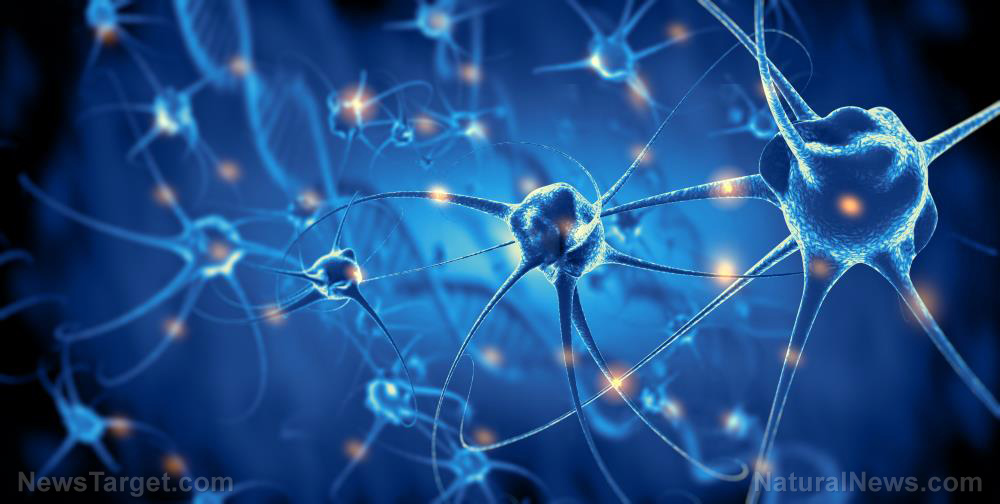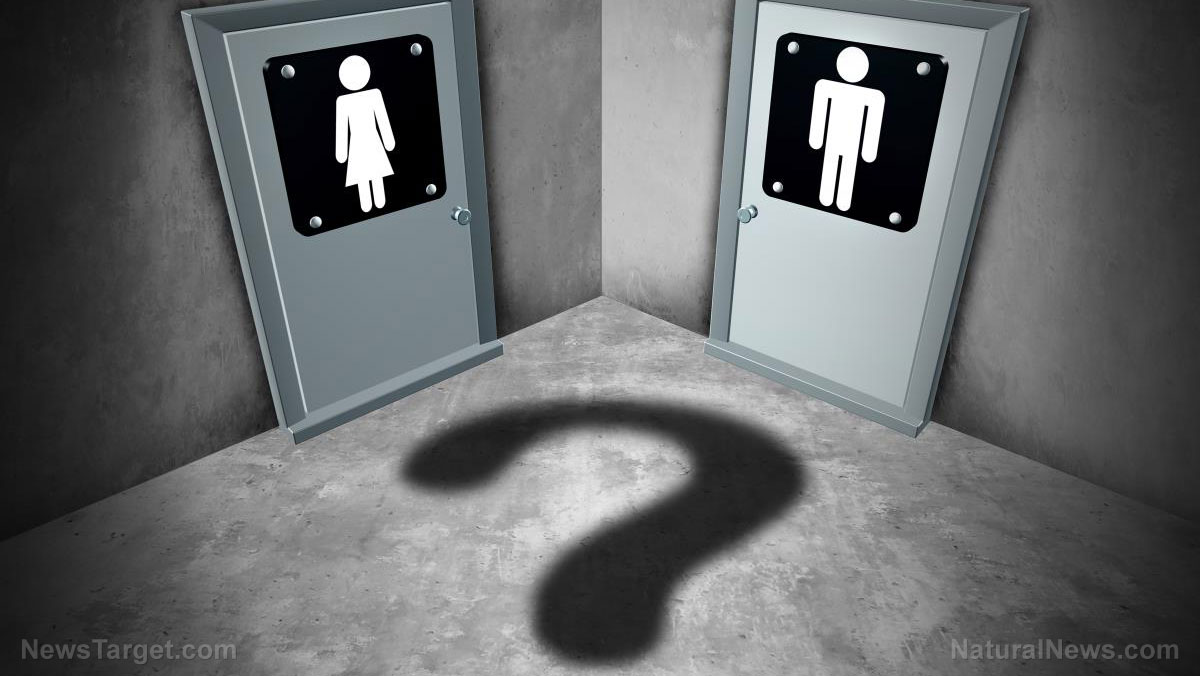An introduction to the many different types of headaches
01/04/2019 / By Zoey Sky

If you get headaches when you’re stressed or if you haven’t had enough sleep, you’re not alone. Every adult around the world suffers from headaches, but if you get them frequently, read up on the possible headache or migraine triggers listed below so you can avoid them.
What’s the difference between primary and secondary headaches?
There are different kinds of headaches, but did you know that the International Headache Society has cataloged and classified over 150 primary and secondary headache disorder types? With so many kinds of headaches, how can you figure out what’s ailing you?
A primary headache isn’t caused by another medical issue. Meanwhile, a secondary headache is a symptom that occurs due to a different health issue or neurological concern.
If you regularly suffer from headaches, you need to learn how to differentiate primary and secondary headaches. Once you confirm that an underlying issue is causing your headaches, consult a neurological expert who can help you evaluate and address the condition.
2 Common types of primary headaches
There are two common types of primary headaches: tension headaches and migraines. A person with tension headaches often suffers from “a dull pain, pressure or tightness that uniformly surrounds the forehead or back of the head and neck and tend to ‘build’ over time.” Pain from a tension headache may range in severity from mild to severe, and some individuals think that its primary difference from a migraine is the pain intensity. However, this isn’t always true because since the mechanism of a migraine is considered different from a tension headache.
Migraine headaches may occur suddenly and severely, sometimes without obvious causes or triggers, but some people report that they have an “aura” that warns them of an incoming headache. Additionally, a migraine headache can affect one side of the head more frequently than the other. In severe cases, individuals who get these types of migraines may also suffer from nausea or vomiting. They can also develop an acute sensitivity to light or noise during a migraine episode.
A migraine is considered “underdiagnosed” when many people who have a migraine aren’t aware that they have one. They mistakenly believe that their migraine is a sinus or tension headache, and because of the misdiagnosis, they can’t treat the condition properly. (Related: Try these natural cures to ease migraines and headache pain.)
What causes a secondary headache?
A secondary headache may cause symptoms similar to those caused by a primary headache, but the former usually occurs due to a different cause that often involves the head or the neck.
A secondary headache may have different origins, such as a concussion or dental pain from an infected tooth. Very rarely, severe cases of secondary headaches may require emergency medical attention, especially if they occur due to bleeding from the brain.
Headaches tend to be episodic, or they occur infrequently and don’t require medical attention. Other kinds of headaches are considered chronic when they happen several times a month.
When you have a headache following a blow to the head, you may require emergency medical attention if you experience the symptoms listed below:
- Confusion
- Convulsions
- Fever
- Loss of consciousness
- Severe pain in the eye or ear
- Sudden, excruciating pain
In less severe cases, such as when you have a headache that occurs more than three times in one month, you can consult a healthcare professional to find out the cause of the headaches and how you can minimize their frequency and severity.
Headache and migraine triggers
The best way to prevent headaches and migraines is to identify any possible triggers, particularly for primary headaches that don’t have an underlying cause.
Common headache and migraine triggers can include:
- Alcohol – Alcohol is a common trigger for a migraine. In a Brazilian study, researchers noted that alcohol triggered a migraine in about a third of the participants.
- Diet – Sensitivity to certain kinds of food, such as cheese, chocolate,or salami, can cause headaches.
- Hunger or dehydration – According to research, you shouldn’t skip meals because it is associated with the onset of a migraine. It remains unknown how this happens, but it may have something to do with falling blood glucose levels. Dehydration is another possible migraine trigger — not drinking enough water has been connected to the onset of a headache.
- Lack of sleep/too much stress – If you don’t get enough sleep of if you’re constantly stressed, you can suffer from frequent headaches. Make it a habit to get enough sleep every night and try mindfulness meditation to lessen the frequency and severity of your headaches.
- Screen time – Working on a computer or using your phone for a long period can be a headache trigger. Avoid this by taking several breaks so your eyes can rest.
Be wary of headache medications since most of them are linked to negative side effects. If you wish to address your headaches or migraines, consider making lifestyle changes or try some herbal remedies. Before you make any significant changes to your diet or lifestyle, consult a neurological health expert to determine the best treatment for your headaches.
You can read more articles about natural cures and home remedies for different kinds of headaches at Health.news.
Sources include:
Tagged Under: headache remedies, headache triggers, headaches, herbal remedies, home remedies, kinds of headaches, migraine triggers, migraines, natural cures, natural healing, natural medicine, natural remedies, prevention, primary headache, remedies, secondary headache, tension headaches




